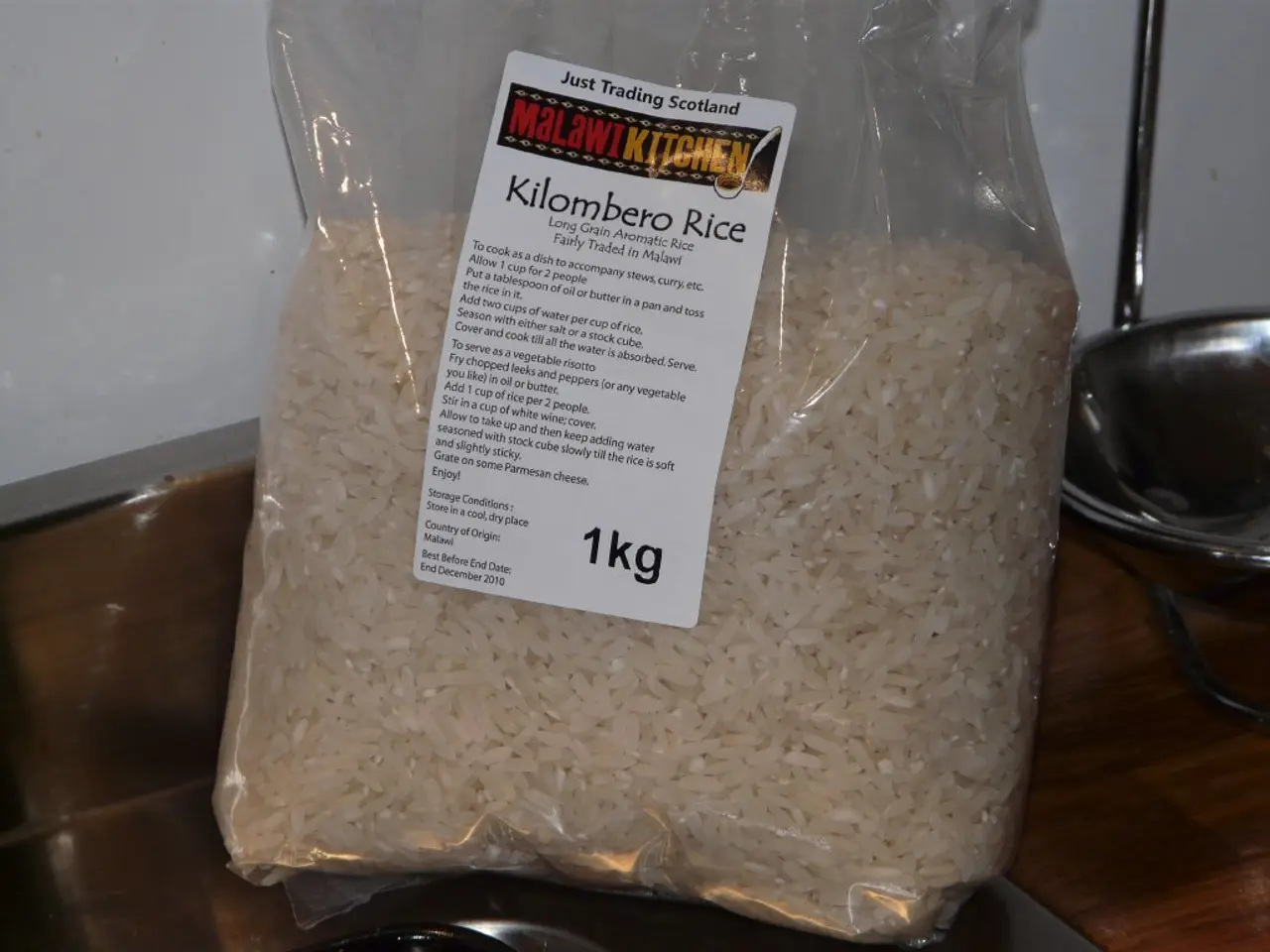Japanese Agriculture Minister Pays a Visit to Rice Paddies in Southern Korea
Japanese Agriculture Minister, Shinjiro Koizumi, recently visited a rice field in Paju, South Korea, expressing concern over the sharp increase in South Korean rice exports to Japan. The Minister's visit, which took place in a suburb of Seoul on Sunday, was prompted by the record-breaking exports, 26 times the highest full-year total logged in 2012.
In the first half of this year alone, South Korean rice exports to Japan reached 416 tons, a significant increase that has affected the Japanese rice market. This rise has also led to a rapid increase in rice imports from overseas, including from South Korea.
Koizumi's concern stems from the doubling of rice prices in Japan over the past year, a trend he attributes to the increasing imports. He also expressed worry about the anxiety among Japanese farmers due to the competition from South Korean rice, whose price, even with tariffs, is comparable to Japanese rice.
During his visit, Koizumi received explanations from a rice farmer about market price trends and measures to combat high temperatures and pests. He also inspected the local rice farming situation.
However, recent data does not indicate that South Korean rice exports to Japan have significantly increased in recent years or that this has caused notable concerns among Japanese farmers. The USDA's 2025 report on global rice markets points to increased exports from countries like Burma, Vietnam, and Thailand, but does not identify South Korea among countries driving significant export growth or trade changes involving Japan.
Koizumi's policy aims to stabilize the Japanese rice market and increase rice production in Japan. He plans to release government-stockpiled rice in Japan to control prices and boost production.
In conclusion, while the increase in South Korean rice exports to Japan has been a topic of concern for the Japanese Agriculture Minister, the current official trade data and market analysis do not suggest a significant recent increase causing concerns among Japanese farmers. The main exporters to Japan continue to be other Asian rice-producing countries, and any changes in trade volumes are more influenced by these suppliers along with domestic production conditions in both countries.
[1] USDA, Global Rice Markets Report, 2025 [2] Japanese GDP Growth Data [3] Japan Trade Agreement Data
- The Japanese Agriculture Minister, Shinjiro Koizumi, has expressed concern about the rise in South Korean rice exports to Japan, which he believes has contributed to the doubling of rice prices in Japan and increased competition among Japanese farmers.
- In an attempt to stabilize the Japanese rice market and increase rice production in Japan, Koizumi plans to release government-stockpiled rice to control prices and boost production.
- Despite the Minister's concerns, recent data and analysis suggest that other Asian rice-producing countries, such as Burma and Vietnam, are the main exporters to Japan, and any changes in trade volumes are more influenced by these suppliers along with domestic production conditions in both Japan and South Korea.






